Racism in Argentina The Myth of the Crucible
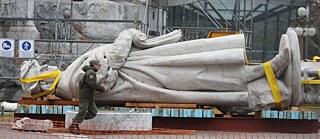
Only recently a statement made by Argentinian president Alberto Fernández caused outrage at national and international level. This was because he claimed in a speech that Argentinians all arrived by ship from Europe, while Mexicans were descended from the Indians and Brazilians came from the jungle. In saying this he was repeating a time-worn cliché that a succession of other power figures – as well as intellectuals, journalists and members of the public – had already propagated before him.
The political elites established by the Argentinian nation always did this with the intention of populating the country with white Europeans. At the end of the 19th century, the Indigenous and African ethnic groups were declared non-existent, defined merely as relics of the past that were bound to be destroyed in the unrelenting flow of European migrants. So the legends of reinforcing national identity are founded on the idea that a white “Argentinian race” of European origin ultimately preceded the “crucible of races”. But the gap between the envisaged ideal and the demographic reality is blatantly obvious. According to current genetic analysis, we now know that around 70 percent of Argentines have Indigenous ancestors, and approximately ten percent of the population are of African heritage.Additionally, surveys and genetic studies have shown that people with Indigenous or African roots usually work in less well-paid jobs and are more likely to live in poor housing conditions than individuals whose ancestors were exclusively European. For this reason, class differences in Argentina overlap with hierarchies of skin colour.
Shattering a Myth
Despite the gulf that exists between the unquestioned status of the “white” population and actual reality, and despite the frequent racist insults used to denigrate the population in general at various points throughout Argentina’s history, new expressions of identity are emerging lately: not being white is no longer seen as a stigma, in fact the opposite is true – it’s something to be proud of. But why is that only happening now and not sooner?In practice the crucible myth in no way resulted in people of a different skin colour or ethnic origin being denied their nationality. However if these individuals wanted to participate in public life as nationals, they had no choice but to conceal all traces of their “divergent” identity. There was ongoing “cultural policing” (the term “patrullaje cultural” originates from Rita Segato), as a result of which all cultural phenomena were immediately nipped in the bud if they challenged or endangered the existence of that white European Argentina. However at the time its effectiveness depended on whether it was possible to assure the credibility of the state and its promise that all citizens would be integrated into the social system.
“In practice the crucible myth in no way resulted in people of a different skin colour or ethnic origin being denied their nationality. However if these individuals wanted to participate in public life as nationals, they had no choice but to conceal all traces of their “divergent” identity.”
The Emergence of New Identities
As a consequence of the lower integrative performance of the state and the end of the “wage society” in which a permanent job bolstered and safeguarded people’s life projects, a new type of cultural phenomenon rapidly emerged. The concept of citizenship had lost its meaning for many Argentines, and a sense of belonging to the nation became the trigger for an identity crisis. Work was only sporadic now, causing the concept of employment to become fragmented and plunging the identities of workers – who had so far formed the backbone of the broader population – into a deep crisis. The questions of belonging and purpose that arose opened up a space for opportunities in which each person could find new forms of identification, attach themselves to an existing community or set up smaller individual groups within society.“For the Indigenous population, the 1980s and 1990s represented an affirmation of their own culture. At the end of the 1980s, an increasing networking tendency could be observed amongst Afro-Argentines, an ethnic group that had remained “invisible” for decades.”
Proud of Being Black
At the same time aspects of “being Black” were re-evaluated, which had nothing to do with the African origin of those individuals, it was more about their sense of belonging to a particular stratum of society. For this reason aspiring to underscore being Black as part of one’s identity and embracing Black culture in some way was becoming more common in the middle and lower social classes by the end of the 1980s. In the 1990s and at the start of the new millennium there finally started to be indications that Black identity, often a source of shame and occasion for insult in the past, was now by contrast accepted with pride. Many artists and fans of the music genres Cumbia and Cuarteto for example style themselves “negro cabeza” (Black head). From 2008 several Peronists – especially supporters of Kirchner – started to emphasise that they were Black or brown-skinned in the hope of boosting their popularity.“However in most cases they don’t know whether they have African or Indigenous origins, or what mixtures might have occurred in times past. So they are quite simply “the poor”. But they are well aware that there is a direct correlation between their skin colour and the fate to which they must surrender.”
The fight against racism has reshaped public debate within a very short time. In 2019, through a necessity to provide a mouthpiece for the unspecified victims of systemic racism, a collective named Identidad Marrón was founded to deal with the problem of unassigned individuals, generically termed “dark-skinned” (marrones). There are certainly even more surprising changes ahead for Argentine society, which is gradually becoming liberated from the white European myth.
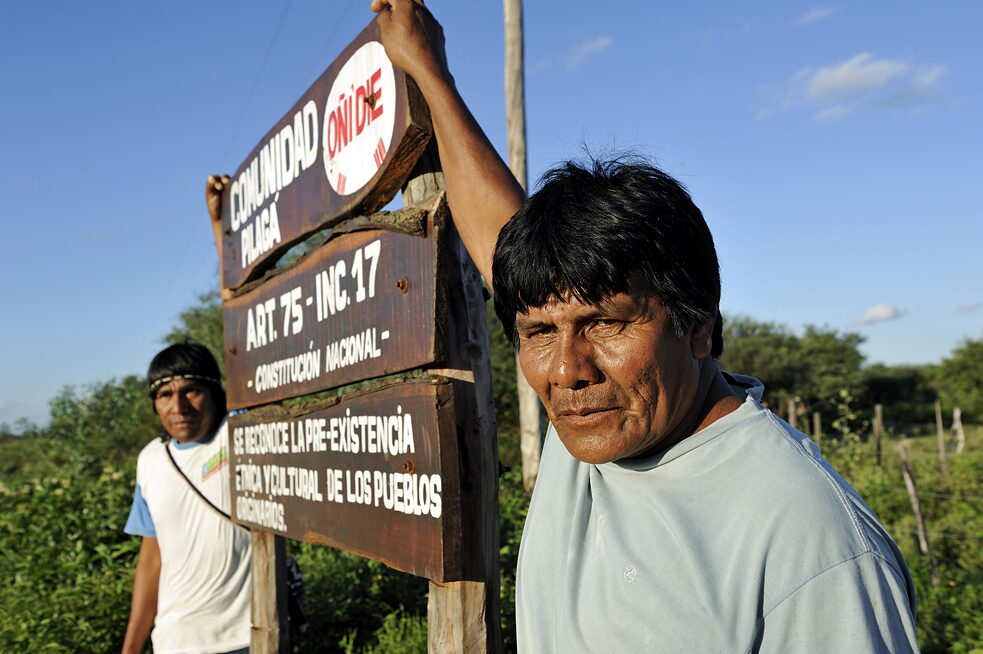
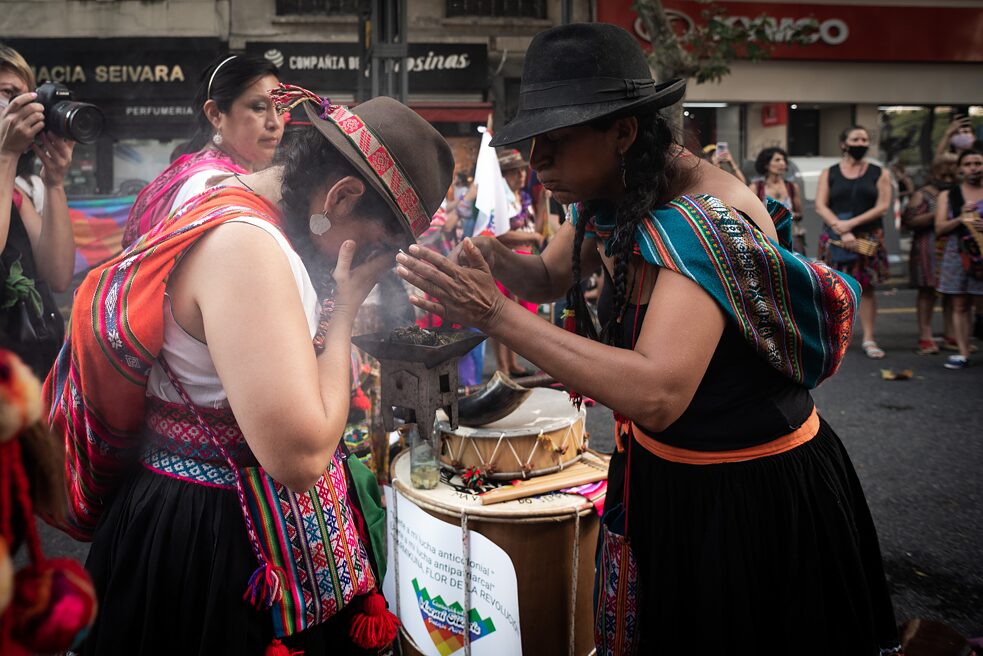
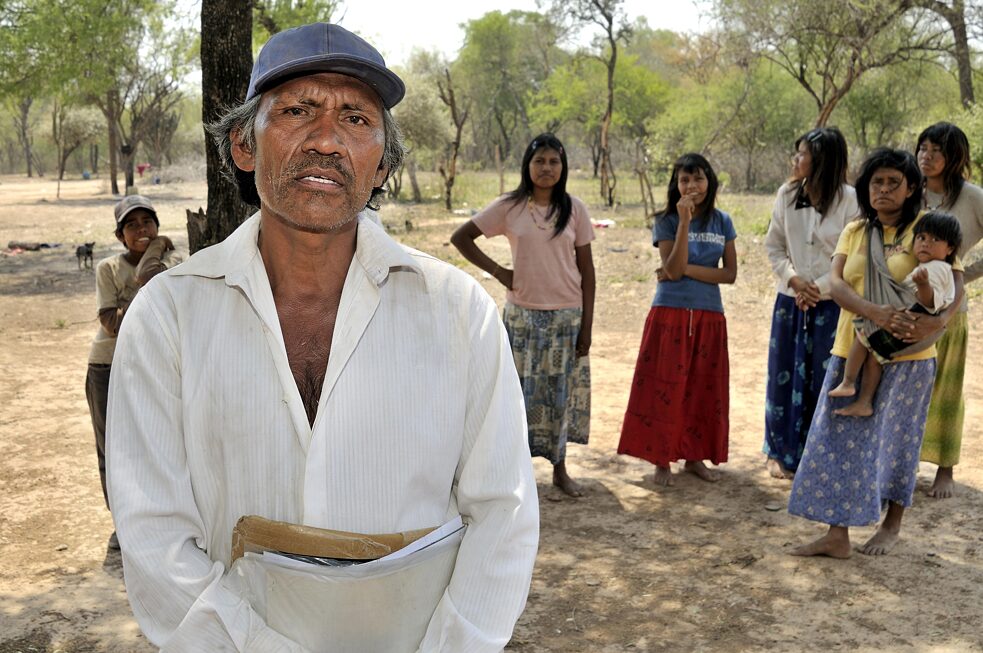
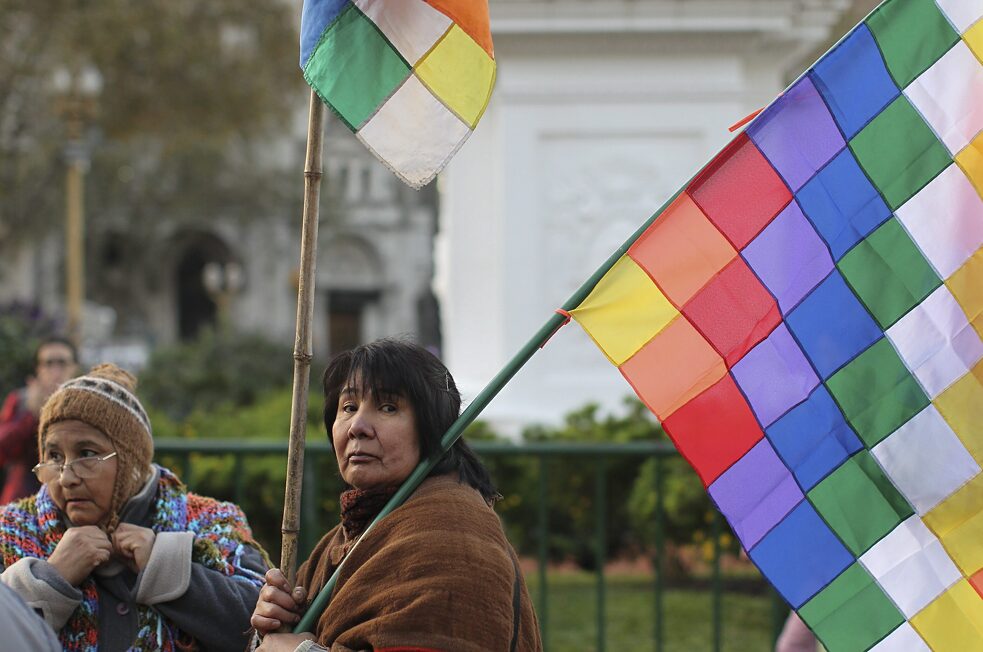
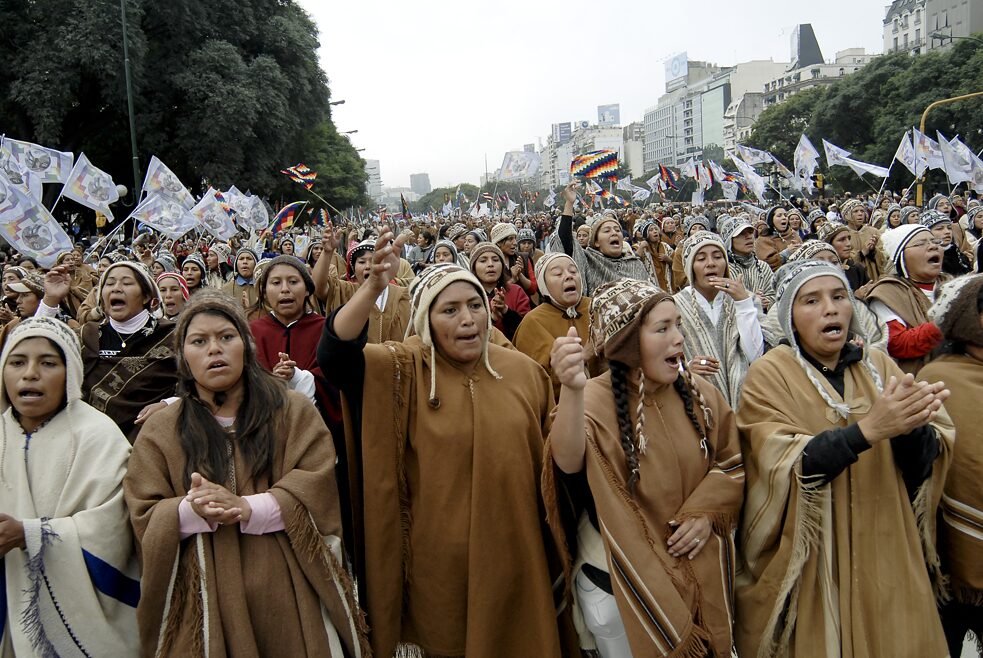
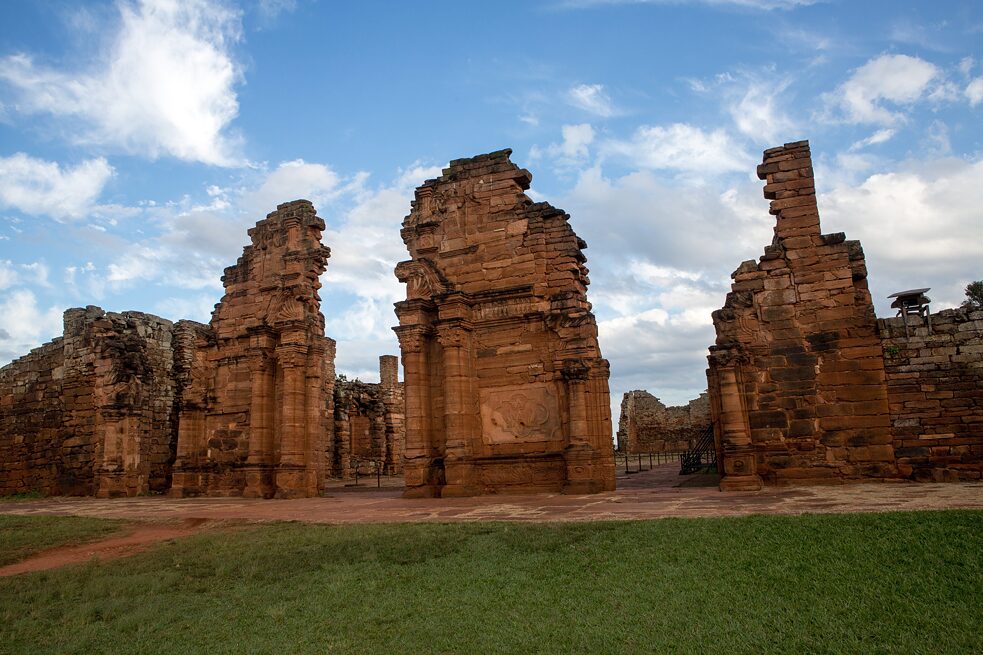
0 Comments